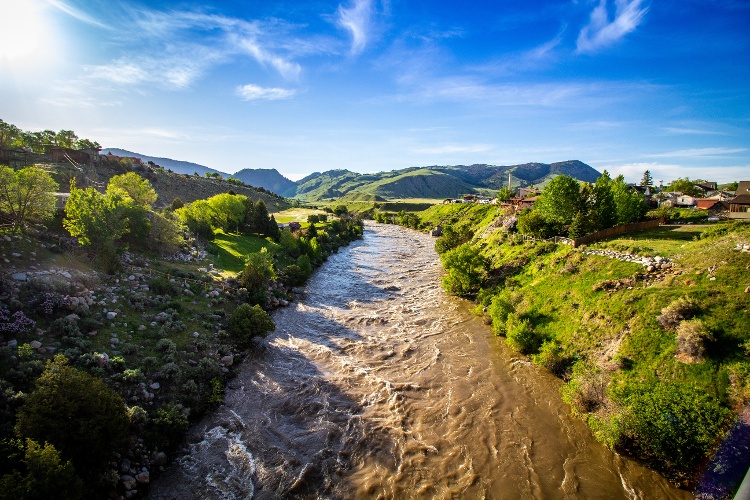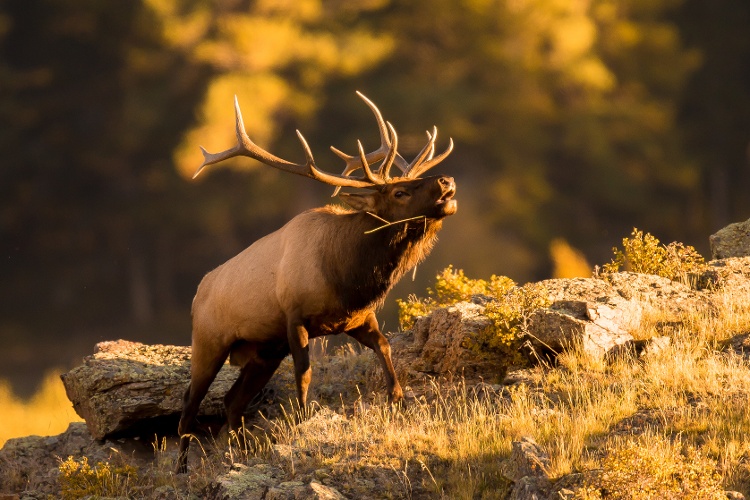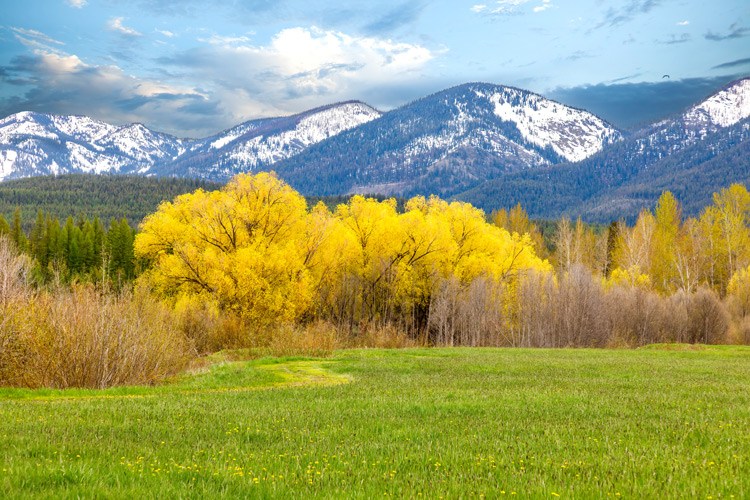Best Times to Visit Montana
Montana is a year-round adventure, but the best time to visit depends on what kind of experience you're looking for. Whether you're chasing wildflower-filled trails, golden fall landscapes, or powdery slopes, every season in Big Sky Country has something incredible to offer. Here's a breakdown of what to expect throughout the year.

Summer (June–August): Peak Adventure Season
Summer is the most popular time to visit Montana, and for good reason. Long, sunny days make it perfect for hiking, camping, and exploring national parks. Glacier National Park’s famous Going-to-the-Sun Road is fully open, and Yellowstone is teeming with wildlife. Expect warm temperatures, with highs in the 70s and 80s, though mountain areas can still be cool.
Why Visit in Summer?
-
Best time for hiking and outdoor activities
-
Ideal for road trips and scenic drives
-
Festivals, rodeos, and local events in full swing
Things to Keep in Mind
-
Expect larger crowds in national parks
-
Higher prices for lodging and rentals
-
Afternoon thunderstorms can roll through the mountains

Fall (September–October): Fewer Crowds, Stunning Colors
Fall in Montana is an underrated gem. The crowds thin out, temperatures cool down, and the landscapes transform with golden larch trees and fiery aspens. It's a prime time for wildlife watching as elk bugle in the valleys and bears prepare for winter.
Why Visit in Fall?
-
Stunning fall foliage and crisp air
-
Great for photography and wildlife spotting
-
Lower prices and fewer tourists
Things to Keep in Mind
-
Some park roads and lodges start to close in October
-
Weather can be unpredictable, with early snowfall possible
-
Shorter daylight hours for outdoor activities

Winter (November–March): A Snowy Wonderland
If you love winter sports, Montana is a dream destination. Skiing and snowboarding at resorts like Big Sky, Whitefish Mountain, and Bridger Bowl are top-tier. Snowmobiling, dog sledding, and cozy cabin stays make winter magical. The national parks are quieter, offering a peaceful, snow-covered landscape.
Why Visit in Winter?
-
World-class skiing and snowboarding
-
Fewer crowds in Yellowstone’s winter wonderland
-
Unique cold-weather activities like hot springs soaking and dog sledding
Things to Keep in Mind
-
Extremely cold temperatures, often below freezing
-
Some roads and attractions close for the season
-
Short daylight hours require early activity planning

Spring (April–May): Wildflowers & Wildlife Awakening
Spring is a time of renewal in Montana, as the snow melts and the landscape bursts back to life. Rivers run high with snowmelt, making it a fantastic season for whitewater rafting. Wildlife emerges from hibernation, and wildflowers start blooming across the valleys.
Why Visit in Spring?
-
Baby wildlife sightings, including bear cubs and bison calves
-
Fewer tourists and great lodging deals
-
Wildflower blooms in late spring
Things to Keep in Mind
-
Some hiking trails remain muddy or snow-covered
-
Weather can be unpredictable, with chilly mornings and warm afternoons
-
Certain park roads, like Glacier’s Going-to-the-Sun Road, may not open until late June
When Should You Visit Montana?
There’s truly no bad time to visit Montana—it all depends on what kind of adventure you’re after. Whether you’re hitting the slopes in winter, chasing waterfalls in spring, hiking alpine trails in summer, or soaking in the golden hues of fall, Montana’s natural beauty shines year-round. Pick the season that fits your travel style and get ready for an unforgettable experience in Big Sky Country!

